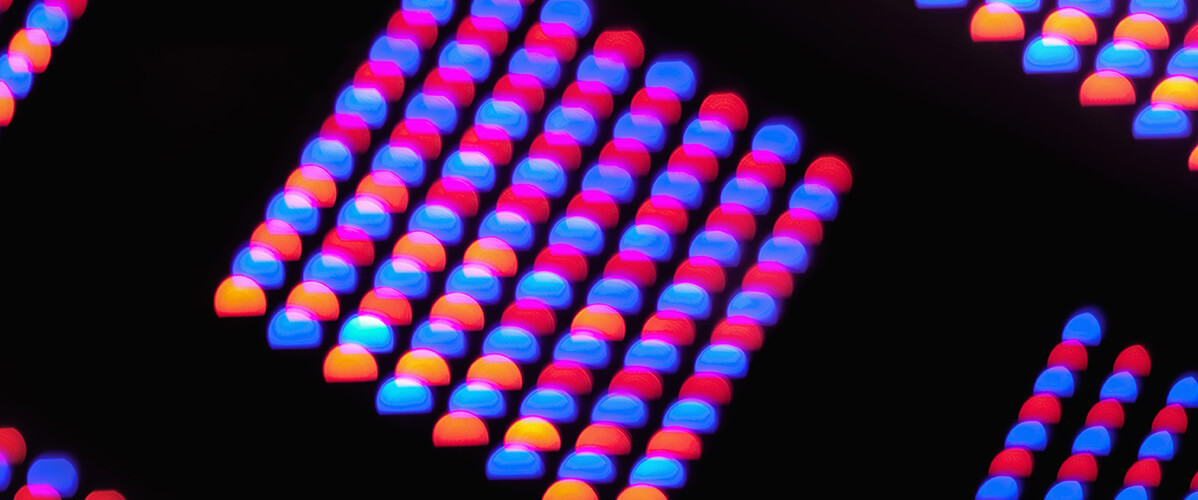In recent years, smartphones and tablets have accelerated the use of the internet. Communications are increasing everywhere, all the time. The exchanged data volumes are exploding and in turn, the number of connected devices is expected to reach between 30 and 60 billion in 2020. A power context in which Li-Fi (Light Fidelity) could shake up the digital landscape by offering an alternative method of communication using LEDs, light emitting diodes. A small revolution… that dates back to the nineteenth century!
Unlike Wi-Fi which uses the radio portion of the electromagnetic spectrum, Li-Fi uses the optical spectrum for transferring data wirelessly. In 1880, the inventor Alexander Graham Bell’s telephone first demonstrated a possible transmission of sound by sunlight. In 2005, during the rise of LEDs, this technology was revisited before coming onto the market in the early 2010s.
Presented by some as the new communication standard thanks to its ability to decongest the radio networks, the solution is more a sober type of energy, and more respectful of the environment.
Li-Fi uses artificial light and LED properties to transmit high-speed data (text, image, video, and sound) like the binary language used in computers. No need for cables, light is enough.
The technology is simple to use because it uses the common power grid, it is not linked to the constraints of frequency allocations, and finally, it is compatible with the Led bulbs marketed today.
Using Li-Fi also curbs exposure to intruders because light does not pass through walls.
A light that uses less energy, a greener Internet
Using energy efficient LEDs, Li-Fi thus limits its impact on the energy consumption of a building. More generally, by breaking away from the wired network, it reduces the energy toll of data transmissions. Moreover, the synergy between lighting and connected services comes at a timely moment for municipalities that are required to submit their urban lighting to the standards.
Economical LED street lamps can create a communication network on the neighbourhood level, which is particularly interesting in the context of a smart city full of connected services. Many communities and businesses now confirm their interest in communicating with citizens, customers and employees…
There are many applications including museums, shops, train stations and subway stations where the Wi-Fi networks and 4G are already in operation.
Li-Fi also allows them to do two things at once. With an initial burden related to their lighting network, this technology is now becoming a source of income (an investment?) and further interaction in their customer relationship by building on an already deployed network.
This localised dissemination of information is also incentive for professionals who are anxious to avoid electromagnetic interference such as in hospitals or schools and nurseries. With Li-Fi, fewer radio waves are subject to controversy.
Constraints to be lifted
For most experts, despite the technological leap, it’s not so much about replace Wi-Fi with Li-Fi, but using their complementarities, notably to bring about a localised geo-connection “of the latest meters”. This load shedding should help to rationalise the use of Li-Fi.
It is even less a question of eliminating Wi-Fi internet but that of internet through light removing some of the constraints. Two-way Internet access is still restricted to computers with a USB modem fixture. Smartphones and tablets are given information by LEDs on the condition of the use of an audio Li-Fi key. Tests conducted with recent smartphones show that it is now possible to stop using the Li-Fi dongle but the mobile world is still adapting to it gradually.











